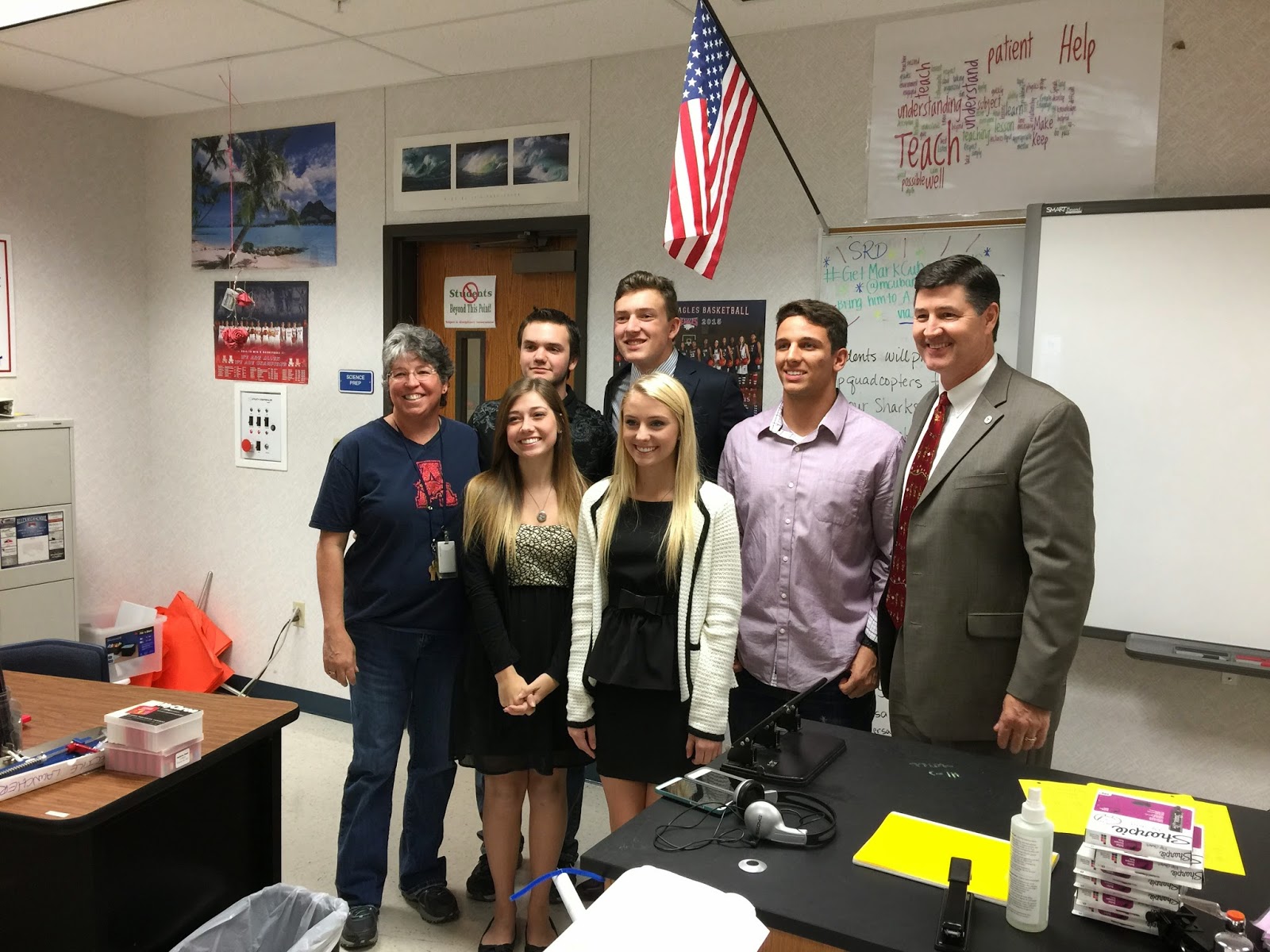People think grades show a student has learned. Perhaps in
some cases that is true. Grades are a measurement system. And just like any
other system there are benefits and rules. They are good to show that a student
has completed work and performed sufficiently on exams. It is rare that grades
show the whole picture of a student. I have three different students, each has
skills and challenges, I have taught or coached each one of these students and
know how they think and learn. Mark, Jessie and Danny are great kids. Mark is
in the top 20 out of 1500 students. Jessie graduated in the top 25% of her
class and Danny is currently hovering right above dead last.
Mark is brilliant, he has an eidetic memory and his ability
to reason is impressive. He excels at standardized tests and makes difficult
subjects look easy. He is not the top of his class because he does not really
know how to make himself learn. It just happens. If he is interested in the
topic, he puts more effort into thinking and dissecting the ideas. In those
instances he learns and learns well. If the topic is not to his liking he will
use his skill and hope for the best. He does get A’s on most everything, even
things he has long forgotten.
Jessie is similar to Mark in that much of her learning comes
easy. She has a difficult time reading and processing writing, and struggles to
communicate. She did tutor most of the top 10 students in physics and calculus.
She knows when a teacher is not covering material she needs to learn. Conversations
with her show she has learned a great deal, but when she sits down to fill in a
bubble response, she jumbles her answers. If answers are similar (like choices
on APUSH exam) she only sees 4 of the same choices. She does not do well in the
grading system that has been set up for high school, but she understands
learning.
Danny is a work in progress. He does not like to do work
that does not mean something to him. Most teachers think he is just lazy. I got
to see him go from lazy to inspired one day in class. All it took was a
hands-on building project to make him shine. It was obvious that he knew what
to do, could communicate it to his classmates and even went home and brought
back information and better ideas. Unfortunately, getting him to pass by
turning in work is not going to get him to graduation. He is starting to see
that life has hoops to jump through to make it to certain milestones. He is
even adapting to the idea.
Three different students who I expect will be successful in
the future. They are all very different learners being measured by the same
system. Is Mark better than Jessie who is better than Danny? Grades and class
rank say so. I doubt it. As I focus on the importance of showing learning in
ways that meet the needs of the student, instead of completing papers, grades
have become secondary. These three students can all do well or do nothing in
the same class. Their grade will show what they have learned not when they have
complied. It is a slow evolution, but I believe I am on the right track.





